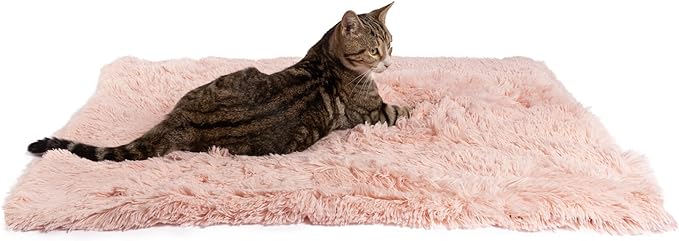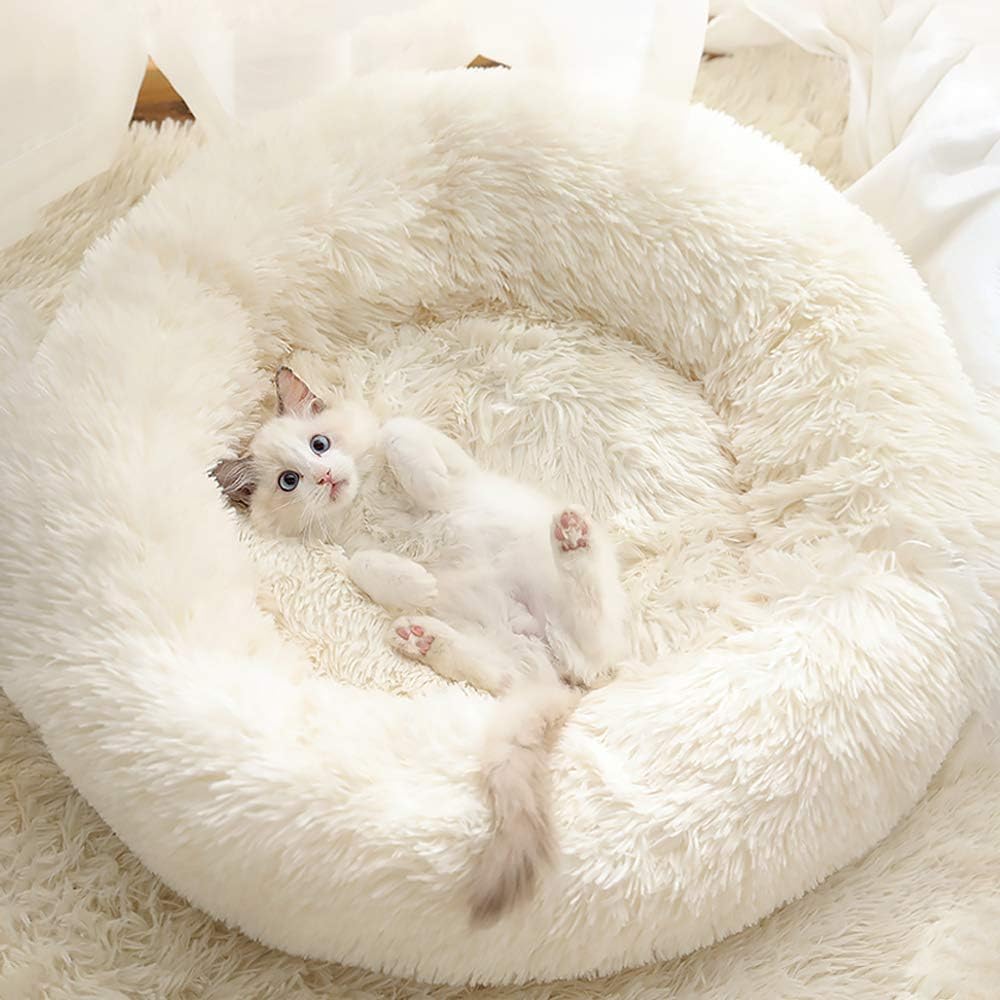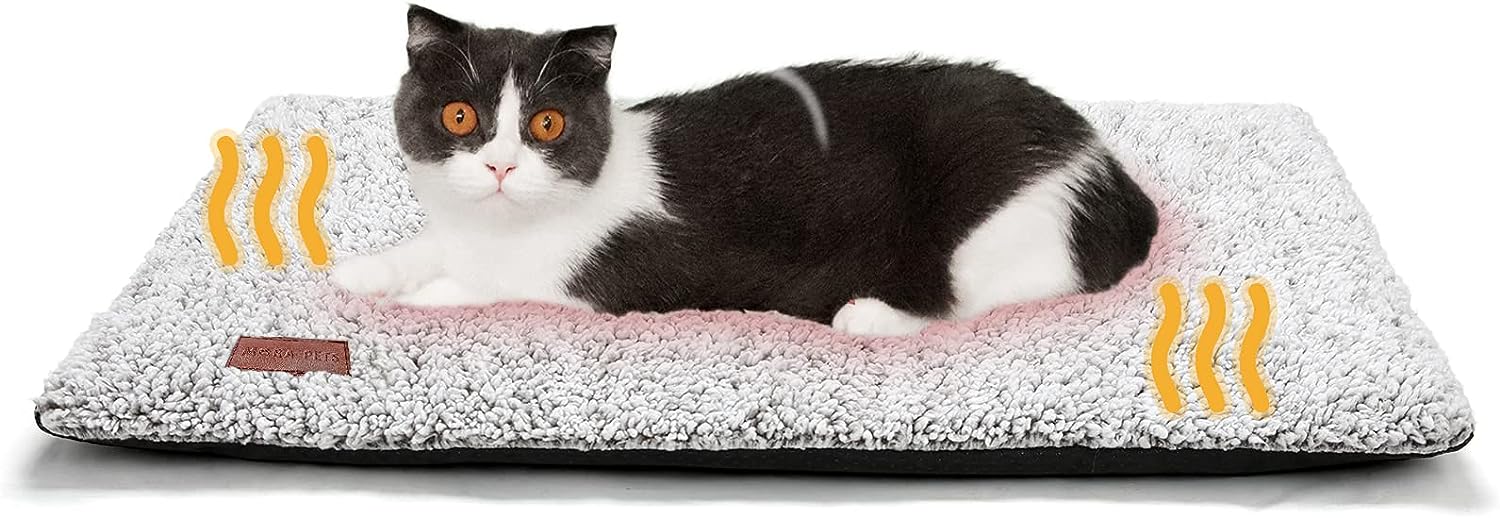Why do Cats Knead?

- Definition of Kneading
- Importance for Cat Owners
- Historical Background of Kneading
- The Science Behind Kneading
- Common Reasons Why Cats Knead
- Final Thoughts
Unraveling the mystery of your cat’s behaviors? One that often leaves owners puzzled is the age-old practice of kneading. This rhythmic paw motion is more than just a quirky feline habit; it’s a gateway into understanding your pet’s instincts and emotions. Dive in as we explore the captivating world of cat kneading, uncovering what it means and why it’s essential for every cat enthusiast to know!
Definition of Kneading
Kneading is a common cat behavior where they push their paws in and out against a soft surface, such as a blanket, pillow, or human lap. This action can be accompanied by purring, and it’s a telltale sign of a content cat.
Why Cats Knead
Cats knead for various reasons, ranging from comfort to marking territory. This behavior is not just a whimsical act; it's steeped in instinct, having roots in the wild ancestors of our feline friends.
Importance for Cat Owners
Understanding why cats knead is crucial for cat owners. It helps in fostering a stronger bond with your pet, addressing their needs, and ensuring their well-being. Being informed about this behavior is essential to cultivating a harmonious human-feline relationship.
In this article, we delve deeper into the fascinating world of cat kneading, unraveling its mysteries and unveiling its significance for both cats and their owners.
Historical Background of Kneading

Kneading is a behavior deeply ingrained in the feline lineage, offering a fascinating glimpse into the evolutionary journey of cats.
Evolutionary Perspective
From an evolutionary standpoint, kneading likely has its roots in survival instincts. Early wild cats kneaded grass and foliage to create a comfortable sleeping nest, showcasing the practicality of this behavior.
Behavior in Wild Ancestors
Observing wild ancestors of domestic cats, we notice this behavior played a crucial role in establishing safety and comfort. Kneading was a means to prepare a secure resting spot, safeguarding them from predators and environmental elements. This behavior also helped in exposing the hidden scents of prey in the grass, aiding in hunting. Additionally, it served as a form of territorial marking, communicating the presence of the cat to others in the area.
Development in Domestic Cats
Fast forward to domestication, this ingrained behavior persisted. For our beloved house cats, kneading has evolved, serving various purposes such as marking territory, showcasing affection, and even signaling underlying medical issues.
Delving into the history of kneading, we uncover the adaptive nature of this practice, revealing its continued relevance in the lives of our feline companions.
The Science Behind Kneading



Delving into the world of cat kneading, the science behind this intriguing behavior is equally fascinating, blending physiological and psychological components.
How Kneading Feels for Cats
Paws’ Anatomy
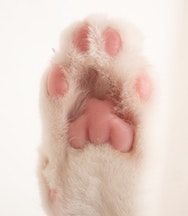
Cats’ paws are marvels of nature, equipped with scent glands that release pheromones during kneading. This act not only marks territory but also forms an essential aspect of cat communication. The structure and functionality of the paws play a pivotal role in making kneading a multifaceted behavior.
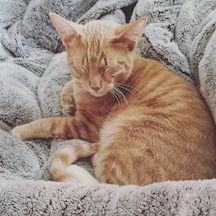
Sensory Feedback
Kneading activates sensory receptors in cats’ paws, sending pleasurable signals to their brains. This sensory feedback is vital, reinforcing the behavior and making it a source of comfort and contentment for our feline friends.
Why Cats Like to Knead
Stress Relief
On a psychological level, kneading serves as a stress-relief mechanism for cats. The rhythmic motion and the sensory pleasure derived from kneading help in reducing anxiety and promoting relaxation, showcasing the therapeutic nature of this behavior.
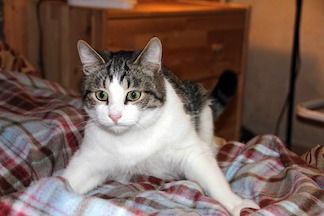
Marking Territory
Kneading is also a territorial behavior. Through the release of pheromones from their paw glands, cats mark their territory, asserting their presence and creating a familiar and secure environment. This psychological need to claim space stems from their wild ancestors and continues to be a prominent aspect of feline behavior.
Understanding the science behind kneading sheds light on the intricate balance of physiological and psychological factors that drive this captivating cat behavior, enhancing our appreciation and connection with our feline companions.
Common Reasons Why Cats Knead


Peeling back the layers of feline behavior, we find a myriad of reasons why cats knead, each one offering a window into the multifaceted world of our furry companions.
Comfort and Soothing
Diving into the heart of comfort, kneading serves as a self-soothing mechanism for cats. This rhythmic motion, often accompanied by purring, is reminiscent of kittenhood days, providing a sense of security and well-being. For cats, kneading is a comforting ritual, a dance of contentment that speaks volumes about their current state of bliss.
Marking Territory
In the realm of feline communication, kneading is a signature move. Equipped with scent glands in their paws, cats release pheromones while kneading, marking their territory. This subtle act of marking is a cat’s way of saying, “This is mine,” laying claim to their space and asserting their presence in the environment.
Preparing for Sleep
As descendants of wild ancestors, cats have retained the instinctual behavior of kneading to prepare a safe resting spot. The motion of kneading creates a soft and comfortable surface, ensuring a cozy slumber. It’s a prelude to rest, a ritualistic practice that signals the transition from wakefulness to sleep.
Sign of Affection
In the language of love, cats have their unique dialect. Kneading is one such expression of affection, a tender gesture often directed towards their beloved humans or fellow feline friends. When your cat kneads on you, it’s a sign of trust and love, a feline love letter written in the rhythm of their paws.
Indication of a Medical Issue
While kneading is typically a sign of contentment, it can sometimes indicate underlying medical issues. Excessive kneading, particularly on the belly area, can be a red flag for pain or discomfort. It’s essential for cat owners to observe their pets and seek veterinary advice if abnormal kneading behavior is noted, ensuring the health and happiness of their feline family members.
In unraveling the tapestry of cat kneading, we encounter a spectrum of reasons, each one contributing to the intricate and enchanting narrative of feline behavior.
Purr-fect Products: Enhancing Your Cat’s Kneading Experience
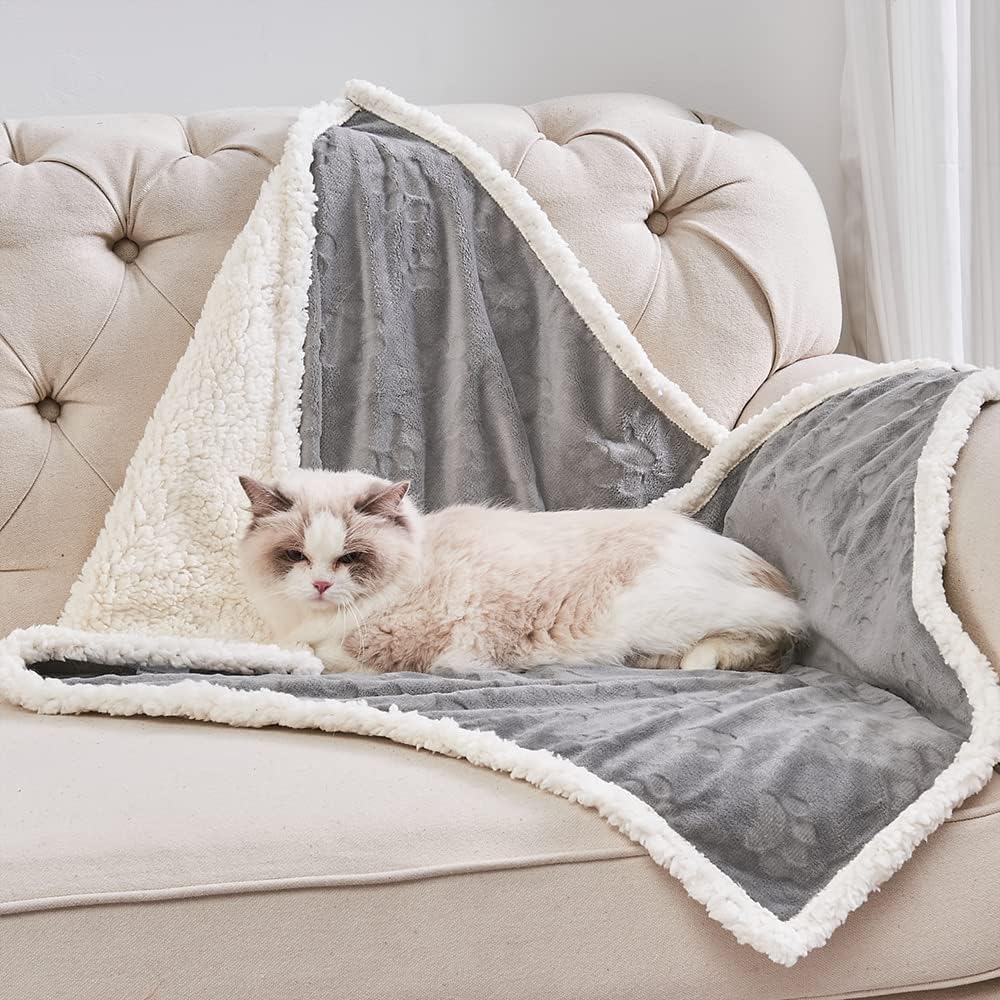
Qeils Pet Blankets for Cats - Waterproof Cat Blanket Washable - Sherpa Fleece Puppy Blanket
Final Thoughts
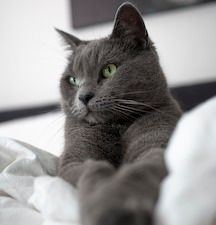
Paws up if you’ve enjoyed this purr-fectly fascinating journey into the world of cat kneading! 🐾
We’ve pranced and pounced through the kneading tales of our feline companions, discovering why our kitties turn into dough-making experts. From the comforting cuddles and lovey-dovey signs to marking their ‘meow-territory’ and health check hints, kneading is a whisker-twitching chapter in the cat behavior book!
Unlocking the secrets of cat kneading isn’t just kitty trivia; it’s a bonding ticket for pet parents and their furry pals! Every press of a paw tells a tale, a rhythmic cat melody of coziness and joy, adding a dash of feline magic to our shared lives and making every moment a paw-ty! 🎉
Frequently Asked Questions About Cat Kneading
Dive into our kitty Q&A corner, where we tackle your burning questions about the kneading conundrums and cozy cat quirks! 🐱
When should I worry about my cat’s kneading?
Keep a watchful eye if your furball is kneading excessively or showing signs of stress or pain. It might be time to play detective and figure out if something’s amiss!
Should I consult a vet about kneading?
If your kitty is showing signs of distress or unusual behavior while kneading, it’s always a safe bet to check in with your vet. Better to be a concerned cat parent than sorry!
Are there benefits to kneading for my cat?
Absolutely! Kneading can be a feline’s mini workout, a stress buster, and a bonding booster with their favorite humans. It’s like yoga, but with more purring involved!
How should I respond to my cat kneading?
Embrace the love, provide a comfy kneading zone, and gently guide your cat if they get a bit too enthusiastic. Remember, kneading is your cat’s way of saying, “You’re the cat’s meow!"
Can kneading be a sign of my cat being distressed?
While kneading is usually a sign of a happy and content kitty, excessive kneading or signs of discomfort might indicate that your cat is feeling stressed or unwell. Always keep a watchful eye on your feline friend!
Is there a way to discourage kneading if it becomes problematic?
Gentle discouragement and offering alternative kneading spots can help. Patience is key – remember, it’s a natural behavior for your kitty!
